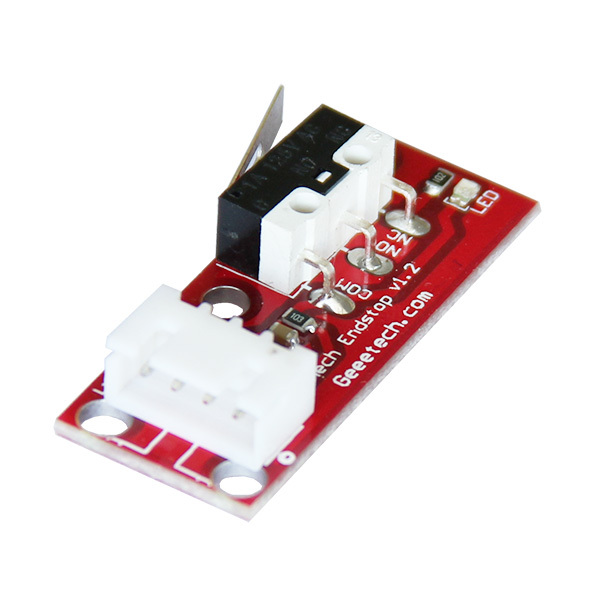At the moment there isn't a way to invert the behaviour. Let me think over the weekend and I'll get something done.
If you need smth fast, you can change the code so that the api returns reverse values and instead of FALLING it should check for RISING and the safety check should be positive not negative (if state)

My switch is a normally closed switch. When polling the API it shows 0 when the filament is loaded and 1 when it is not loaded. Is there a variable I can set for a normally closed switch?